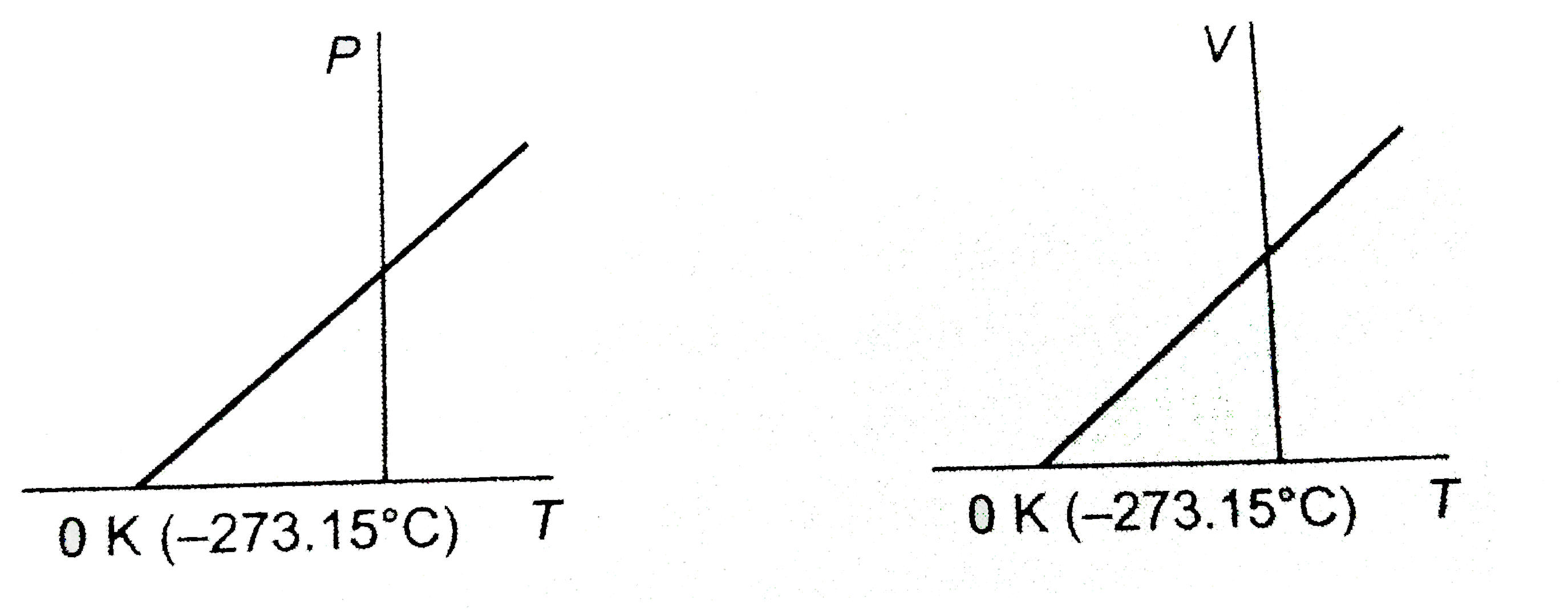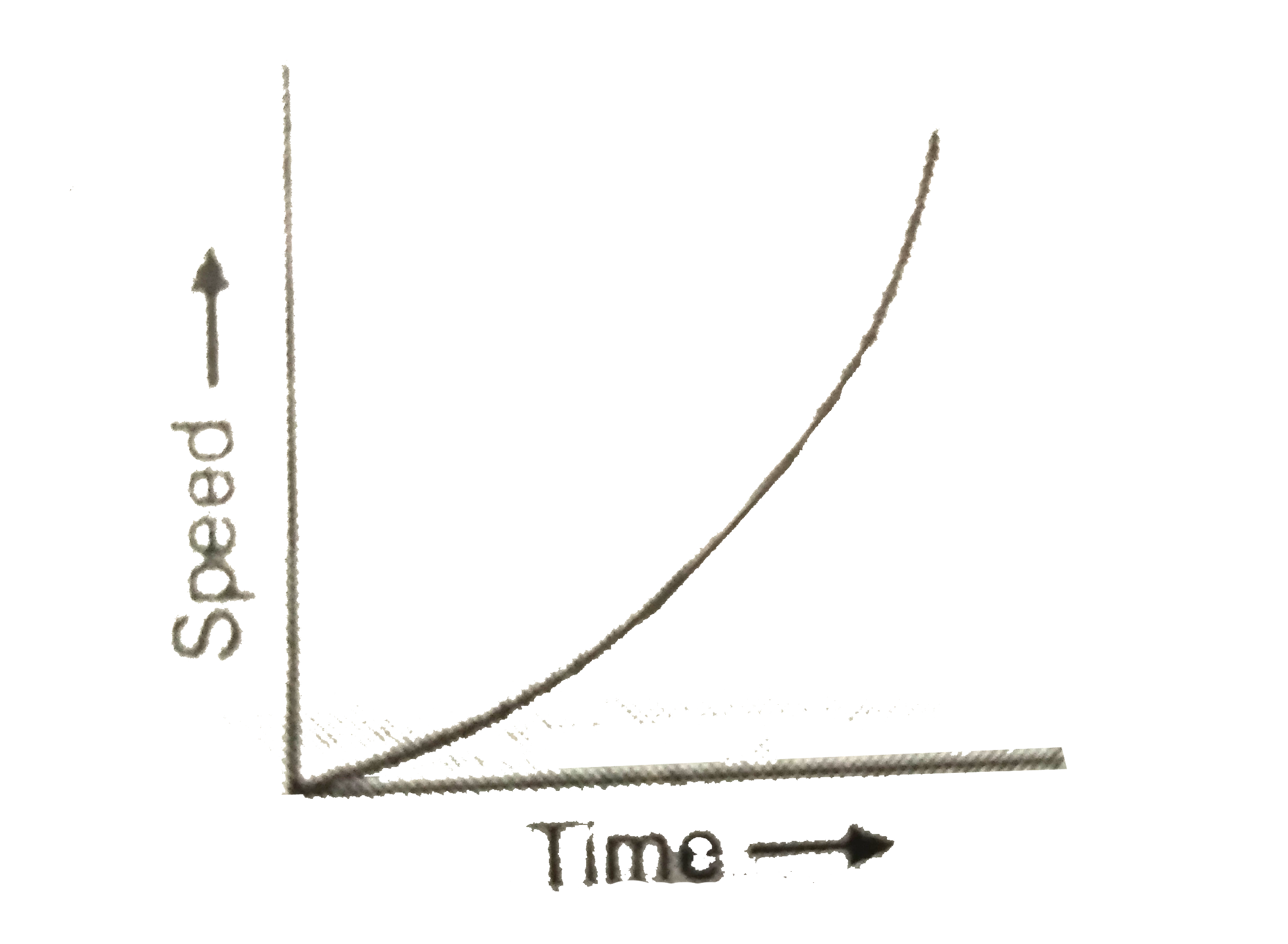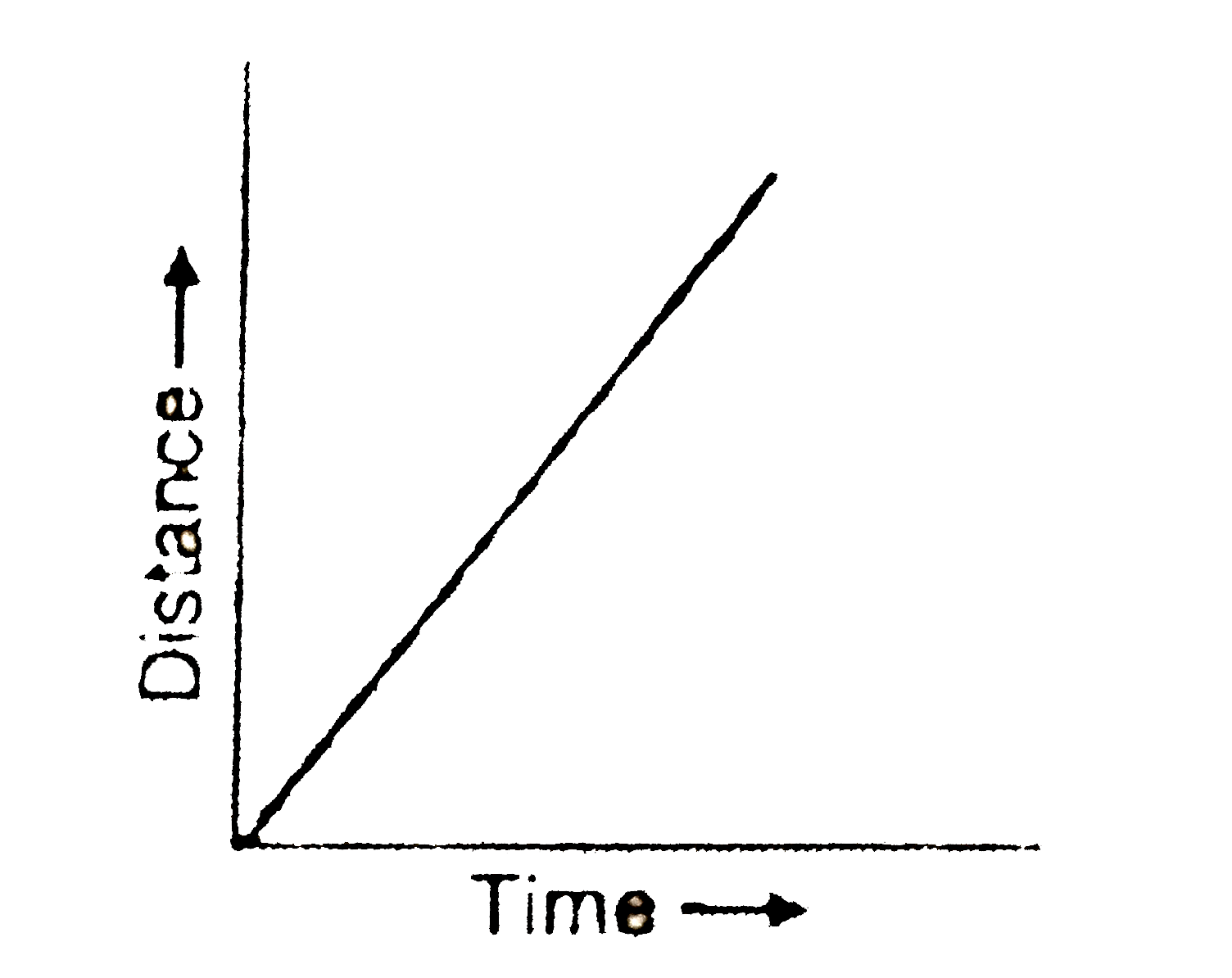What conclusion can you draw from the following observations on a resistor made of alloy manganin ?

The resistance for various observations (in ohm), is as follows:
R=3.940.2,7.870.4,11.80.6,15.70.8,19.71.0,39.42.0,59.23.0,78.84.0,98.65.0,118.56.0,138.27.0,158.08.0=19.7Ω
Since resistance is constant, it means manganin alloy obeys Ohm.s law and the resistivity of the alloy manganin is independent of temperature.
Topper's Solved these Questions
- CURRENT ELECTRICITY BOOK - U-LIKE SERIESCHAPTER - CURRENT ELECTRICITY EXERCISE - CASE BASED/SOURCE-BASED INTEGRATED QUESTIONS
10 Videos
- CURRENT ELECTRICITY BOOK - U-LIKE SERIESCHAPTER - CURRENT ELECTRICITY EXERCISE - MULTIPLE CHOICE QUESTIONS
35 Videos
- CURRENT ELECTRICITY BOOK - U-LIKE SERIESCHAPTER - CURRENT ELECTRICITY EXERCISE - SELF ASSESSMENT TEST (SECTION C )
3 Videos
- CBSE SAMPLE QUESTION PAPER 2019-20 (SOLVED)BOOK - U-LIKE SERIESCHAPTER - CBSE SAMPLE QUESTION PAPER 2019-20 (SOLVED)EXERCISE - SECTION D
6 Videos
- DUAL NATURE OF RADIATION AND MATTERBOOK - U-LIKE SERIESCHAPTER - DUAL NATURE OF RADIATION AND MATTEREXERCISE - SELF ASSESSMENT TEST SECTION-C (VERY SHORT ANSWER QUESTIONS)
3 Videos
Similar Questions
Knowledge Check
What conclusion would you draw from the following graphs for an ideal gas?
 AAs the temperature is reduced, the volume as well as the pressure increaseBAs the temperature is reduced, the volumebecomes zero and the pressure reaches infinityCAs the temperature is reduced, the pressure decreaseDA point is reached where, theoretically, the volume become zero
AAs the temperature is reduced, the volume as well as the pressure increaseBAs the temperature is reduced, the volumebecomes zero and the pressure reaches infinityCAs the temperature is reduced, the pressure decreaseDA point is reached where, theoretically, the volume become zeroWhat conclusion can you draw about the acceleration of a body from the speed-time graph shown below ?
 Auniform accelerationBuniform motionCNon-uniform velocityDNon-uniform acceleration
Auniform accelerationBuniform motionCNon-uniform velocityDNon-uniform acceleration
What conclusion can you draw about the speed of a body from the following distance-time graph ?

View SolutionWhat conclusion can you draw about the acceleration of a body from the speed-time graph shown below ?

View SolutionState the conclusion that can be draw from the observation that a current - carrying wire deflects a magnetic needle placed near it .
View SolutionThe following is the distance-time table of an object in motion:
Time in secondsDistance in metres001128327464512562167343
(a) What conclusion can you draw about the acceleration? Is it constant, increasing, decreasing, or zero?
(b) What do you infer about the forces acting on the object?
View SolutionWhat conclusion do you get from the observation that when cold water is poured over a tin can full of steam and corked tightly, the tin can gets crushed?
View SolutionDraw a V-I graph for a conductor at two different temperatures. What conclusion do you draw from your graph for the variation of resistance of the conductor with temperature ?
View Solution
